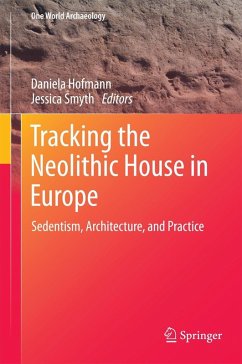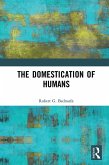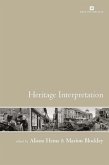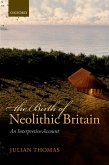Along with tracking sedentism, Neolithic houses also allow researchers to address changing cultural and group identity, and the varying social and cosmological significance of building. All these aspects alter considerably as one moves westwards and northwards across the European continent and as sedentism becomes more established in each region.
Chapters are arranged geographically and chronologically to allow for easy comparisons between neighbouring areas. Contributors address:
· Construction materials and architectural characteristics
· How houses facilitated certain kinds of routine practice and dwelling
· The cosmological dimensions of domestic architecture
· The role of tradition and change
Three insightful discussion chapters-on the continent-wide development of Neolithic architecture over time, archaeological approaches to buildings, and anthropological perspectives-round off the volume. Tracking the Neolithic House in Europe: Sedentism, Architecture, and Practice is for archaeologists, anthropologists, and any student of the Neolithic.
Dieser Download kann aus rechtlichen Gründen nur mit Rechnungsadresse in A, B, BG, CY, CZ, D, DK, EW, E, FIN, F, GR, HR, H, IRL, I, LT, L, LR, M, NL, PL, P, R, S, SLO, SK ausgeliefert werden.
"This is an excellent volume that will be of considerable use to anyone studying the European Neolithic. It is a useful first port of call for students and researchers finding their way into the relevant literature and key sites within a particular region, and it also offers an overview, both in the thematic papers and in the sum of the regional case histories, of the entire phenomenon across Europe." (Mike Parker Pearson, Journal of Anthropological Research, Vol. 70, 2014)









